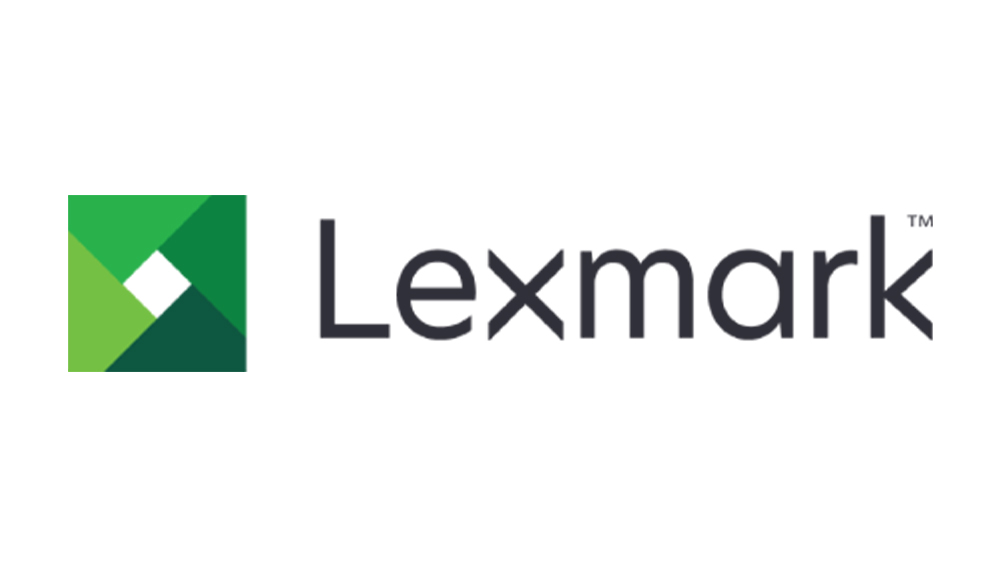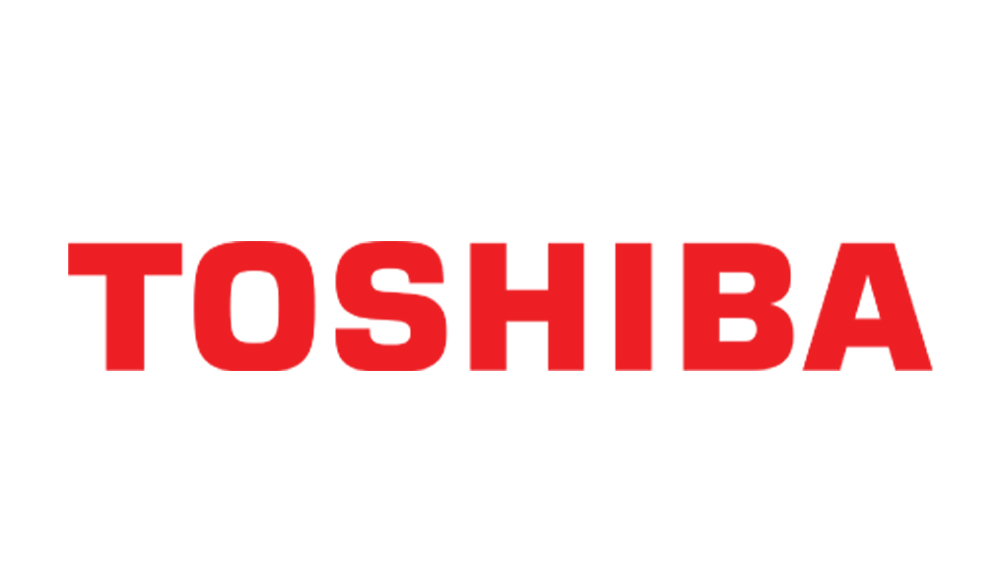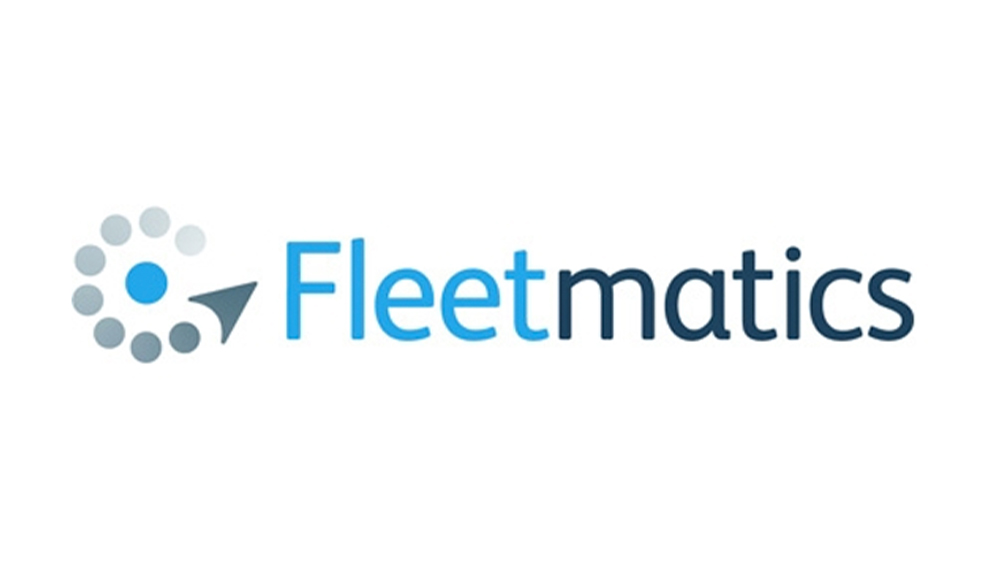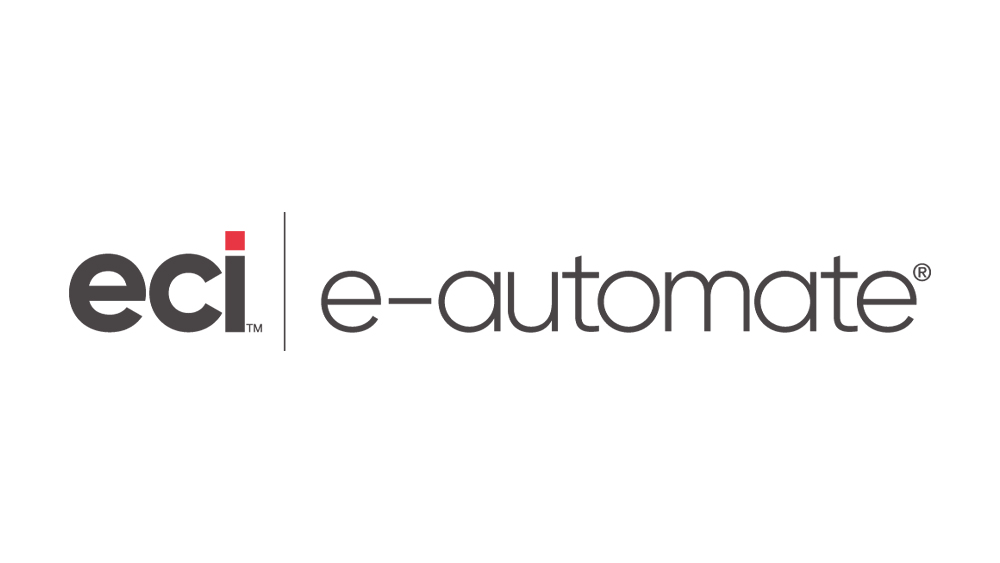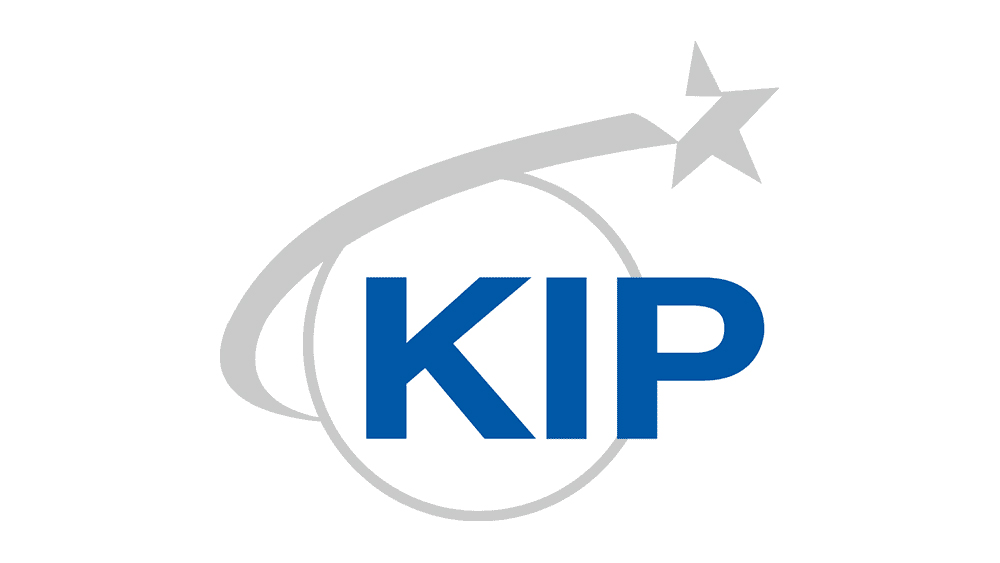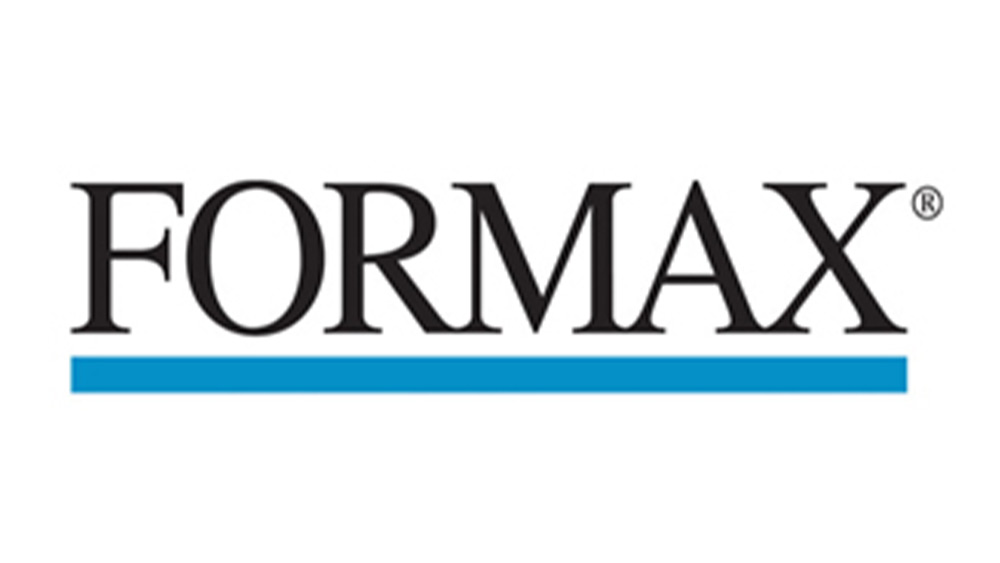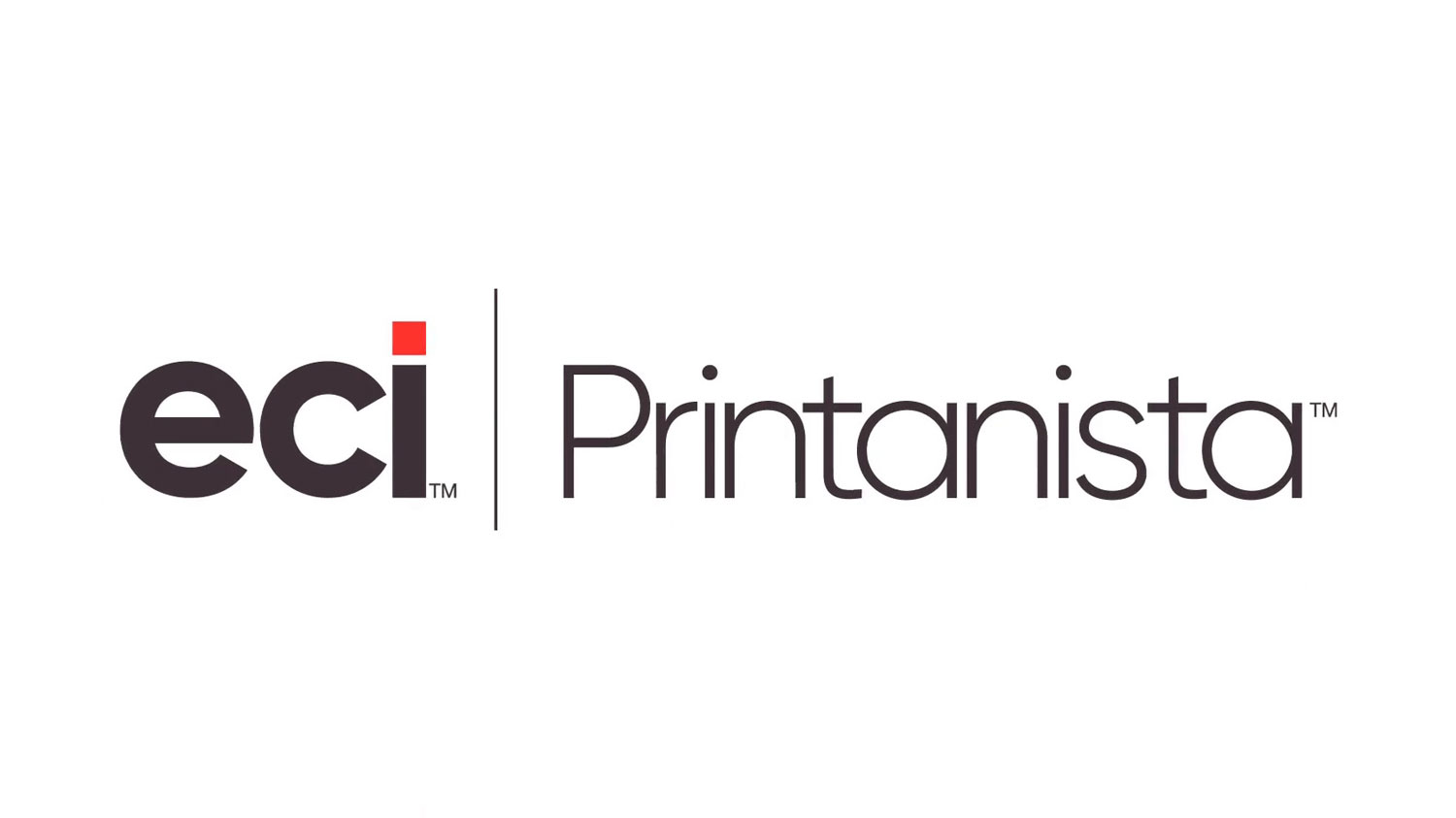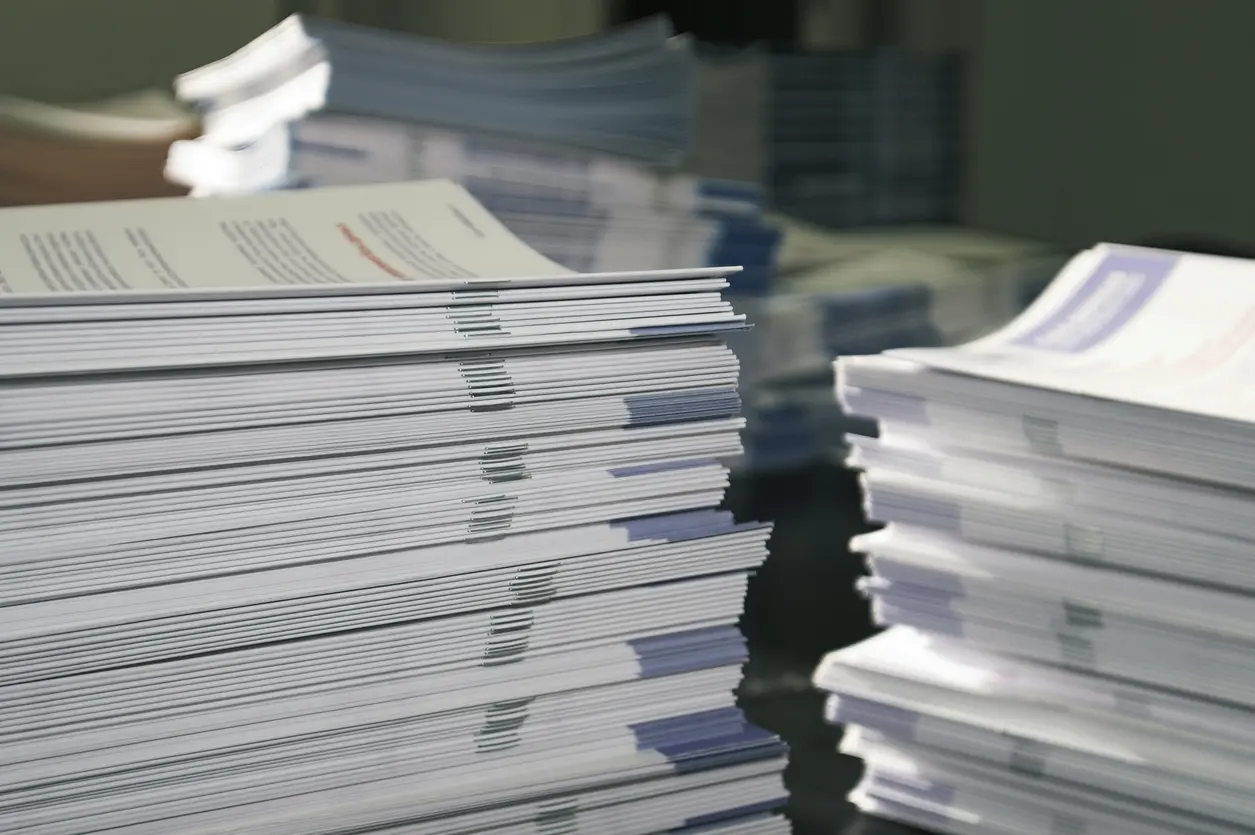|
|
Multifunction & Production Devices |
Smart and Secure Devices to Optimize Your Work Environment
Today’s business environment requires adaptability & resilience. Don’t let outdated, unreliable printers, copiers or other business equipment result in downtime, frustration, and excessive maintenance costs. We offer business equipment customized to simplify and streamline for small business environments to high-end print ecosystems. We work with the top brands and manufacturers and align the right solutions to fit your specific business needs.
We offer Multifunction Printers (MFPs) that copy, print, scan, and fax, from Canon, Toshiba, Lexmark, and HP.
Offices located in: Harrisburg, Danville, Elmira, and Wilkes-Barre.
Our print experts can work with you to optimize your print environment.
- Cut Print Waste
- Reduce Printing Costs
- Boost Productivity
- Increase Ease-of-Use
- Ensure Document Confidentiality



Providing Only the Best
Higher Information Group know that you want your printing jobs done right and on time, so we work with only the best Multifunction Printer (MFP) manufacturers to ensure a quality experience!

Multifunction printers from Toshiba are super-fast and efficient with an easy-to-use interface to help streamline tasks.

Canon Multifunction Printers offer versatile connectivity, intuitive interfaces and powerful reliability all in a small footprint.

No matter what your business, there is a robust and versatile Lexmark print device that will help you get the job done.

From business owners to home office heroes, there are plenty of great HP options in your search for the best multifunction printer.

|
|
Trusted and Reliable |
Our Partners
Virtual, Efficient & Secure
The experts at HIG can assess your needs and recommend equipment that will help you boost productivity, reduce downtime and save money! Give us a call today to schedule an assessment at 800.564.7002 or click the button below to send us a message.
|
|
Wide Format Printers |
Deliver Oversized Jobs Faster And With Stunning Clarity
Wide format printers have a range of uses. Whether you need to produce large projects with striking color and graphics on a variety of materials, scan to remote job sites or copy blueprints and scan them to clients or team members, today’s wide format printers can be configured to perform various tasks and streamline processes. Step up your in-house capabilities and leverage the versatility of wide format printers for:
- Architectural Drawings
- Blueprints
- Large Format Artwork/Photography
- Indoor and Outdoor Signage
- Trade Show Graphics


|
|
Your Label Your Way |
Professional Inhouse Label and Receipt Printers
Toshiba label and receipt printers are the ideal solution for your labeling needs. From receipts to tags, barcode shipping labels to specialized custom labels. Toshiba’s Thermal Barcode Printers are the leading choice for any industry.
|
|
Finish It Faster and Better |
World-Class Finishing Equipment by Formax
Get the most from your in-house creativity! Ask us about our range of state-of-the-art finishing equipment from Formax.
- Cutters
- Folders
- Creasers/Perforators
- Finishers
- Shredders

|
|
Production Equipment |
Work Smarter and Faster with Production Printing Solutions
Need speed and larger printing quantities? You don’t have to sacrifice print quality. We partner with Canon, the innovator in production printing technology, and offer a range of print solutions to support the high-volume and advanced production printing needs of your commercial or in-plant print operation.
Gain a competitive advantage and increase your ROI with a lower cost per print, lower failure rates, and lower downtime. Talk with one of our production print experts today.

VarioPrint Black and White
Ready to meet your demands, production printing up to 115, 130, and 140 pages per minute.

Color Image Press V700, V800, V900
Bring your ideas to life in brilliant color with breakthrough technologies, designed for a range of production print environments.

Color Image Press C265, C270
Resilient, versatile and adept at improving efficiency. This series of multifunction printers are an outstanding investment.

Color Image Press V1000
Realize high productivity with a relatively small package. All the tools you need to compete – and thrive – in the demanding print world.
|
|
Mailing Equipment |
Streamline Mailing Operations and Maximize Uptime
Save time and money with the latest mailing equipment and technologies to keep your mailing operations streamlined & running efficiently. Higher Information Group is an authorized dealer of Mint Mailing Systems, a world leading manufacturer of mailing equipment. We offer the full range of Mint business and mailroom solutions.
The perfect combination of simplicity and performance. Mint Mailing Systems offer the latest in postage technology in big and small packages just right for your company. With Mint you are in control of your mailings with the best possible postal discounts.
- Mint 110 Mailing System
- Mint 210 Mailing System
- Mint 310 Mailing System
- Mint 410 Mailing System
|
|
Managed Print Services |
Drive Efficiency and Save on Printing Costs
Want to increase uptime, eliminate waste, and operate more efficiently? Printanista provides you with the most accurate and secure solution to automate the management of your Managed Print Services (MPS). Printanista connects with your ERP and provides a unified view of your entire fleet of print devices, allowing us to help you proactively manage your print environment. Your print practices can be monitored and tailored according to your specific needs with customized status alerts.
Boost efficiency by:
- Synchronizing information with your ERP
- Automating supply fulfillment
- Eliminating manual data collection
- Reducing human error
- Customizing service and supply notifications

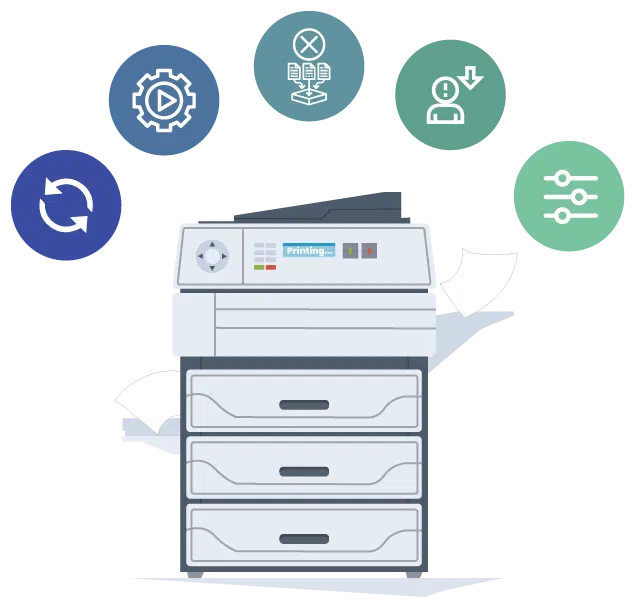
Exceptional Service
A customer-focused approach.

I have had the privilege of working with wonderful clients and an exceptional team for over 20 years. I take great pride in the partnerships that have been created between my team and our customers.
Stacie Hoover
Sr. Vice President, Sales

I enjoy working with clients to uncover their pain points and provide solutions to their daily printing challenges. Install, workflow, training and consulting is to me a very important part of a total printing solution.
Joe Hargenrader
Sales Director, Production Services

Clients’ needs are ever changing and require in depth communication to help solve existing as well as future challenges. Working with a team that understands how to achieve these goals is essential to gain trust with our clients and provide opportunities that move business forward.
Russ King
Account Manager

Our Techs have the ability to remote in to most Copiers before they even walk in to a Customer’s location by using our Remote Diagnostic Tools. This helps us to deliver superior service! Tools, Training and Tenacity (3T), our Service Motto!!!
Joe Kozlowski
Copier Service Manager

In service we are like a big family and when customers call in they will always hear the same friendly voices.
Nicole Cybart
Service Dispatcher
|
|
PaperCut MF “Find-Me” Printing |
Cut Waste and Print Like a Pro
We’ve all seen something on the printer that we probably shouldn’t have. And we’ve all printed something with the wrong print settings and then had to trash the printout. Find-Me printing allows you to send all print jobs to a single print queue from your computer or device and release to any printer you choose, when you choose.
- Print Securely – release your print job only when you’re ready
- Find-Me Printing – print to the right location – no matter the size of your fleet
- Reduce Waste – users get a second chance to review or change print settings before they release
- Print from Any Device – print from any BYOD or mobile device and select the shared account when the job is released

Helpful Office Solutions Blogs
Choosing the Right Business Printer
Benefits of VoIP Phone Systems
Best Printers for Small Businesses
Reduce Waste & Save Money with Double Sided Printing
Are Your Documents Secure After Printing?
Leverage Managed Print Services to Drive Efficiency
What You Need to Know About Printer Copier Security
Reasons to Invest in a Wide Format Printer
Lowering Your Carbon Footprint with Managed Print Services
Pros and Cons of Buying or Leasing a Copier
|
|
News & Insights |
From Our Learning Center
We love helping our customers! So how can we help your business thrive?
The new machine is saving us hours of manual labor per week. Our entire company is incredibly impressed with the services and equipment. It is rare to come across such a top-notch company and team of individuals!
Nick L., Modular Building Systems of PA
We got something better, and it costs less!
Dwayne Magee, Messiah University
Thanks so much to the HIG Team for their help with the photo printers for the Art Department which are set up and ready to use. The masks couldn’t hide the job of the students seeing their first photo prints today. My heart is happy. Way to satisfy another customer!
Lauren R., West Irondequoit High School, NY
"*" indicates required fields

